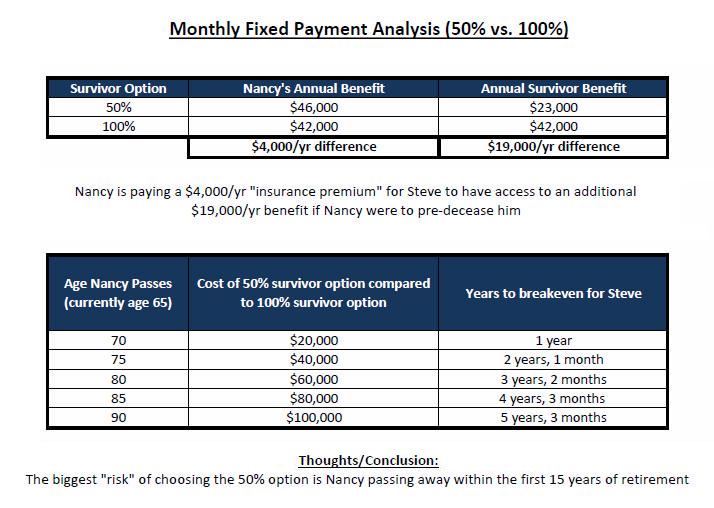The Public Service Loan Forgiveness program started in 2007, and in the fall of 2017, the first round of borrowers became eligible for possible loan forgiveness. This program, however, has been the subject of confusion and frustration by those who were hoping to qualify, and, in some cases, planning for the reprieve of student loan forgiveness. So confusing that the recent federal spending plan earmarked $350 million to help those who would have been eligible to receive loan forgiveness but may have unknowingly enrolled in the wrong repayment plan. The Public Service Loan Forgiveness (PSLF) rules are stringent and require that the qualifying conditions are met for a period of 120 monthly payments, or 10 years! Even for those who followed all of the rules and have been submitting the correct documents,
If you are hoping to qualify for Public Service Loan Forgiveness, you'll want to be sure that your loans and repayment plan are eligible under the program.
Listed below are some of the requirements that you should be sure are in order.
1. You must work full time for a qualifying Employer in a qualifying role.
Most jobs working for a state, local, or federal government qualify.
Non-profit employers that qualify as tax-exempt under Section 501(c)(3) are eligible.
*Even if you think your employer and role qualify, you should complete and submit the Public Service Forgiveness Employment Certification Form on an annual basis and every time you switch employers
It can be accessed online: https://studentaid.ed.gov/sa/sites/default/files/public-service-employment-certification-form.pdf
2. Only Direct Loans are eligible for Public Student Loan Forgiveness. There are four types of Direct Federal Student Loans:
Direct Subsidized – These loans are for undergraduate students who demonstrate a financial need. The U.S. Department of Education pays the accrued interest while you're still in school, for the first six months after you graduate, and during periods of deferment.
Direct Unsubsidized – These loans are for undergraduate and graduate students, but financial need isn't required to qualify. These loans accrue interest while you're in school and during periods of deferment.
Direct PLUS Loans – These loans are for graduate students and parents of undergraduate students.
-Direct Consolidation Loans – This loan allows you to combine all of your eligible federal student loans into a single loan.
3. You must be enrolled in an income-based federal repayment plan. The required payments are based on what is deemed to be your "Discretionary" income in comparison to the current poverty level, and payments are updated on an annual basis.
Income-Based Repayment Plan (IBR Plan) – Monthly payments are usually 15% of your discretionary income, but they can be as low as 10%. Loan terms can be 20 or 25 years.
Income-Contingent Repayment Plan (ICR Plan) – Payments under this plan are the lesser of 20% of your monthly discretionary income or your monthly payment on a 12-year repayment term with an income factor calculation. Loan terms under this plan are 25 years.
Pay as you Earn Repayment Plan (PAYE Plan) – Monthly payments are limited to 10% of your discretionary income. To qualify, you must have a partial financial hardship. The loan term is 20 years.
Revised Pay as your Earn Repayment Plan (REPAYE Plan) – Under this plan, your monthly payments are equal to 10% of your discretionary income. Undergraduate loans have a 20-year term, and graduate loans have a 25-year term.
If you've gotten through this list and you think you still may qualify, there are a couple of additional items that you'll want to keep in mind.
The 120 qualifying payments don't need to paid consecutively. That means if you work for a non-qualifying employer for a bit, you won't lose credit for past payments that qualified.
The income-based payment amounts are affected by your Adjusted Gross Income on your tax return. If you are married and file taxes separately to keep your payments low, this strategy could increase your family's tax obligation.
If your income-based payments are suppressed low enough, they may be less than the amount of interest that accrues. If you leave the plan or no longer qualify for the repayment plan, the unpaid interest is capitalized and added to your loan's principal balance.
Making additional and early payments won't help you in the PSLF program. The program requires monthly payments, and you can only receive credit for one payment per month. If you do want to make additional payments, contact your loan servicer to be sure that the extra amount is credited to cover future monthly payments.
Even with all of the variables that we've covered, some additional rules and qualifications can be incorporated into the program. It's especially important to check with FedLoan Servicing throughout the process and at least on an annual basis. Be sure that you are weighing all of the pros and cons of the program, and as with any financial strategy, staying organized is essential!


















